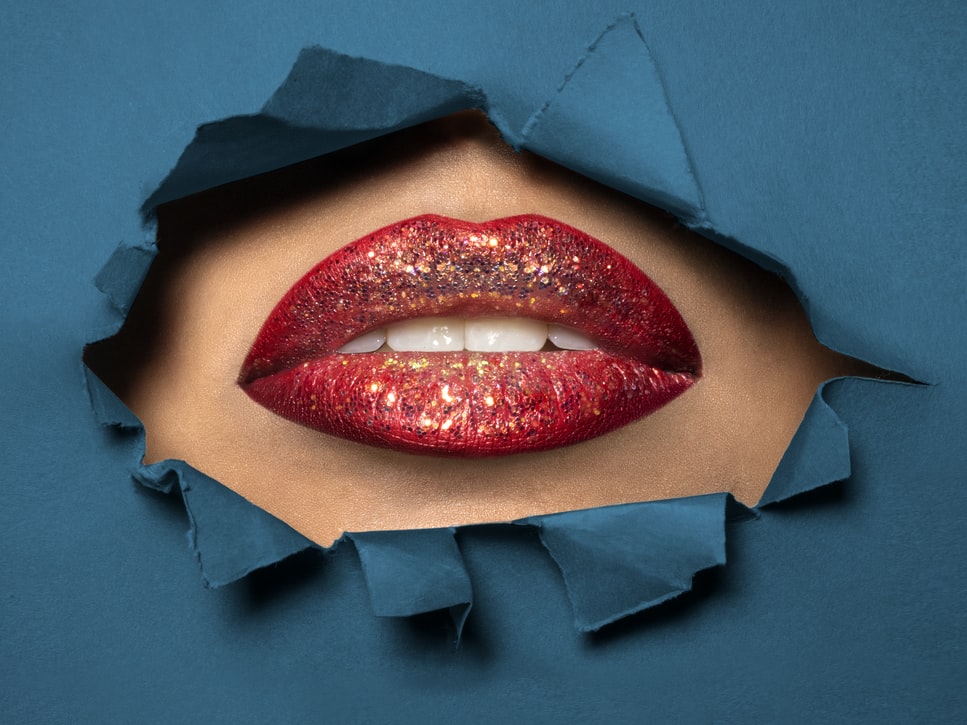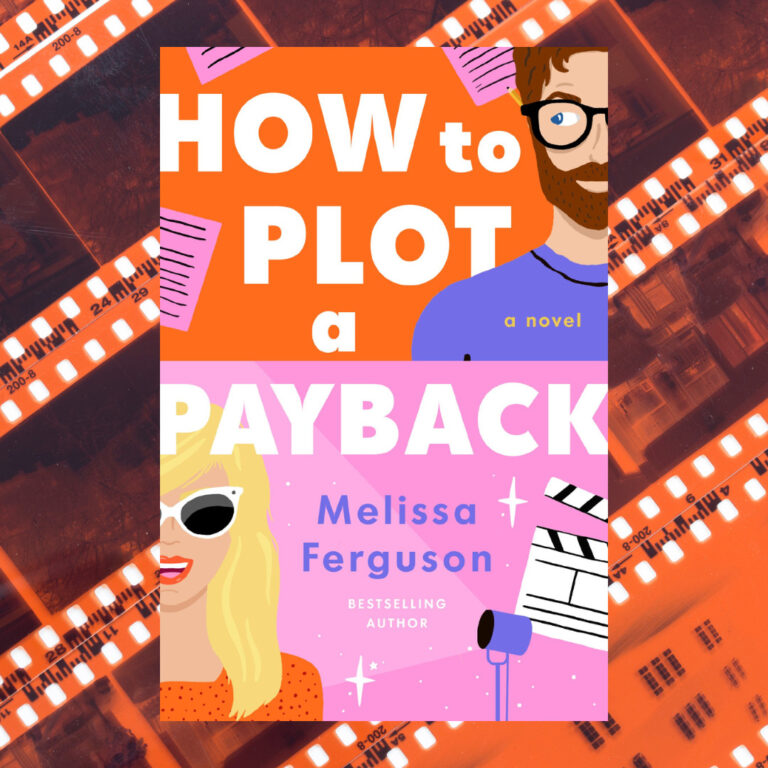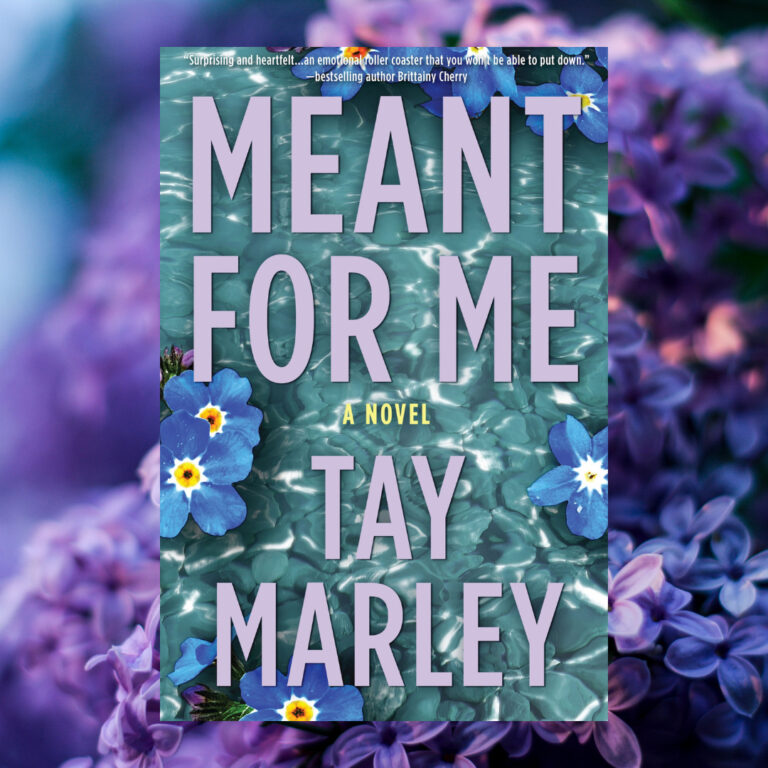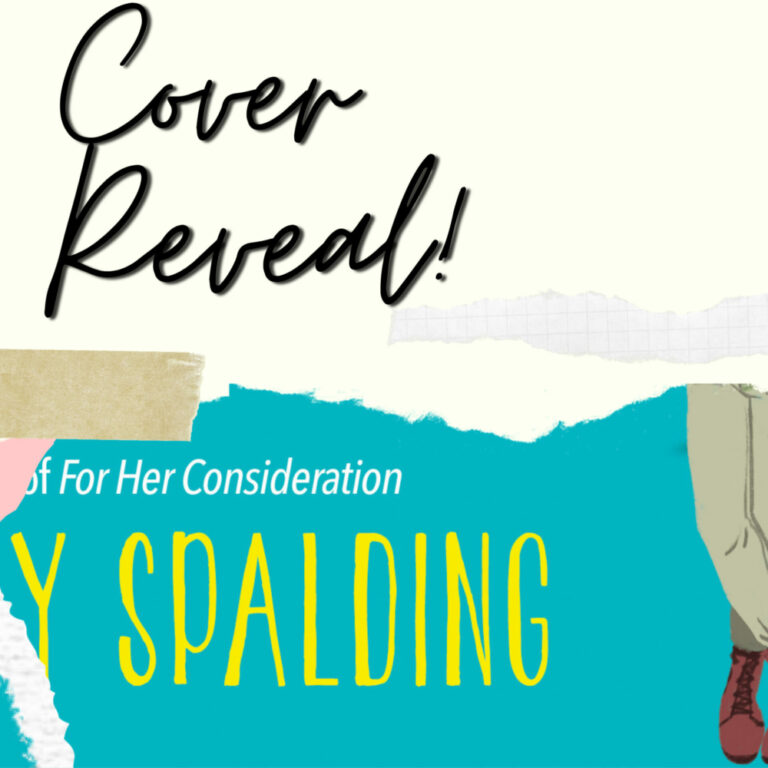By far one of my biggest flexes as a romance fan is having convinced several of my romance-skeptical friends to give the genre a try and ultimately converting them to fellow die-hard romance readers.
After attending a recent romance panel with a new-to-romance friends we were both gushing over our favorite authors, but then they admitted something that caught me by surprise:
they were feeling a little lost with some of the terminology that the authors and more seasoned romance readers threw about. What was a reverse harem? What was a secret baby? What was this secret code everyone seemed to be speaking in? This made me realize how each fandom (broadly speaking) creates a language around its material and Romancelandia is no exception.
Of course, knowing the lingo is not a prerequisite for anyone to read and enjoy romance novels. Additionally, not all of these terms are exclusive to Romancelandia but chances are if you spend some time on romance spaces online you’ll come across some of these recurring terms so if you have a new-to-romance friend or you yourself are new-romance reader (welcome, it’s awesome, you’ll love it!) this list is for you.
Hero/Heroine
Romance readers generally refer to the male and female protagonists of a romance novel as the hero and heroine because “the main characters” is just not awesome enough.
M/M, F/F, M/F, M/F/M
This terminology is originally derived from Fanfiction online spaces. These are quick ways to reference the gender of the novel’s protagonists. M/M stands for gay romance (aka Male/Male), F/F refers to lesbian romance etc.
Clinch Cover
Clinch covers are of course, not the only type of romance novel covers, but they are what many readers picture when they hear “Romance novel”. A Clinch cover shows the hero and heroine in a tight, passionate and often suggestive embrace possibly in varying levels of acrobatic contortions and/or stages of undress. Clinch covers are generally dramatic and eye-catching and are most commonly associated with Bodice Rippers or older romance novels (Gentle Rogue by Johanna Lindsey is a classic example) but are still around today albeit in more modern variations like the cover on Hate to Want You by Alisha Rai.
Step-back
Lucky us! With romance novels you not only get one dramatically gorgeous image on the cover, sometimes you even get two! A Step-back is an image behind the cover usually showing a different image than the one on the cover, as a sort of “inner” cover. It is most commonly found in mass market paperback romances but is not limited to the genre or the format
Bodice Ripper
The term Bodice Ripper refers to historical (hence the reference to “bodices”) romance novels generally published in the 1970s and 1980s. They sometimes contain dubious consent or material that may be questionable to readers today. It is also sometimes used as a dismissive or pejorative term for the romance genre as a whole but readers and booksellers like Leah and Bea Koch (owners of the Ripped Bodice bookstore in California) now proudly tout the term.
The Big Misunderstanding /The Breakup
This is a common beat in many romance novels (also some novels like Rafe: A Buff Male Nanny by Rebekah Weatherspoon skip it altogether and to great effect!) The Big Misunderstanding refers to a miscommunication or series of unfortunate events that drives the hero and heroine apart leading to a separation which eventually leads to..
The Grovel
Another classic beat in romance novels is the Grovel. This beat takes place after the hero and heroine separate. One of them (usually, but not always the hero in M/F romances) realizes that they have screwed up badly by letting their one true love get away and that they need to do anything they can to win them back with a little groveling, a big romantic gesture, or pouring their heart out.
Trope
A trope generally describes the story elements that bring the hero and heroine together in a romance novel. Seasoned romance readers will likely have their favorites
(one bed, enemies to lovers anyone?). Common tropes include, friends-to-lovers, enemies-to-lovers, fake-relationship, and marriage of convenience, second chance, but there are many, many more.
Sub-genre
Not to be confused with tropes (see above) sub-genres refer to particular settings in which a romance novel is set or plot elements in addition to romance contained in the story. Common sub-genres include historical, contemporary, sci-fi, fantasy, erotic etc. but you can get much more granular too. Do you want to read about sexy wolf shifters, cowboys or rakish dukes? Try paranormal, westerns or regency romance. There is something for everyone!
HEA/HFN
Last but certainly not least is the HEA or Happily Ever After. Romance novels are defined by their happy and optimistic endings where love is triumphant. It is so integral to the genre in fact that HEA is sometimes used as a shorthand for the romance genre as a whole. HFN is short for Happy For Now and is an acknowledgement that the hard work might not be over once the hero and heroine confess their love but for now all is well.
These are definitely not all the acronyms, descriptors or lingo you’ll come across in Romancelandia (let me know which ones I missed in the comments below!) but it should be enough to get you or your (new to romance friend) started so next time someone recommends a regency, enemies-to-lovers with a forced proximity trope, you’ll know exactly what their talking about.












